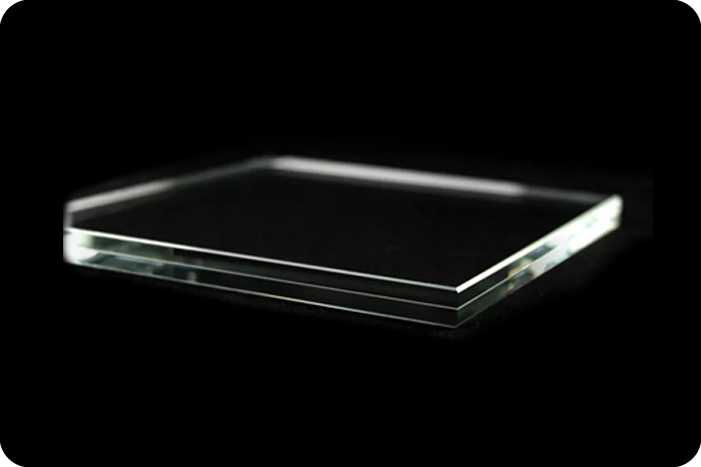Low reflective laminated glass is increasingly being used in modern building designs to enhance energy efficiency and improve occupant comfort. This type of glass is engineered to minimize glare and reflectivity while maintaining high levels of light transmission, making it an ideal choice for windows, skylights, and facades. One of the primary ways low reflective laminated glass contributes to energy efficiency is by reducing the amount of solar heat gain. Traditional glass surfaces can reflect a significant portion of sunlight, leading to increased heat buildup inside the building. Low reflective laminated glass, on the other hand, allows more natural light to enter while minimizing heat reflection, thereby reducing the need for artificial lighting and air conditioning.
The energy efficiency of low reflective laminated glass is further enhanced by its ability to control ultraviolet (UV) and infrared (IR) radiation. Many low reflective laminated glass products are treated with special coatings that block harmful UV rays, which can cause fading of interior furnishings and increase cooling loads. At the same time, these coatings can be designed to allow visible light to pass through while reflecting IR radiation, which is responsible for heat transfer. This selective transmission of light and heat helps maintain a comfortable indoor temperature, reducing the reliance on heating and cooling systems.

Another important factor is the glass's thermal insulation properties. Laminated glass, by its nature, provides better insulation than single-pane glass due to the presence of the interlayer. When combined with low-emissivity (low-E) coatings, low reflective laminated glass can significantly reduce heat transfer through the building envelope. Low-E coatings are thin, transparent layers of metal or metal oxide that reflect infrared energy while allowing visible light to pass through. This helps keep the building warm in the winter by reflecting interior heat back inside and cool in the summer by reflecting exterior heat away.
The use of low reflective laminated glass also contributes to energy efficiency by improving daylighting. Daylighting is the practice of using natural light to illuminate interior spaces, reducing the need for artificial lighting during the day. Low reflective laminated glass allows more natural light to enter the building without the glare and hotspots associated with traditional glass. This not only reduces energy consumption but also creates a more pleasant and productive indoor environment. Advanced glazing systems can be designed to optimize daylighting by incorporating low reflective laminated glass with other technologies, such as light shelves or automated shading systems.
In addition to its direct energy-saving benefits, low reflective laminated glass can also contribute to the overall sustainability of a building. By reducing the need for artificial lighting and HVAC systems, it lowers the building's energy consumption and carbon footprint. Furthermore, the durability and safety of laminated glass mean that it has a longer lifespan than traditional glass, reducing the need for frequent replacements and the associated environmental impact.





